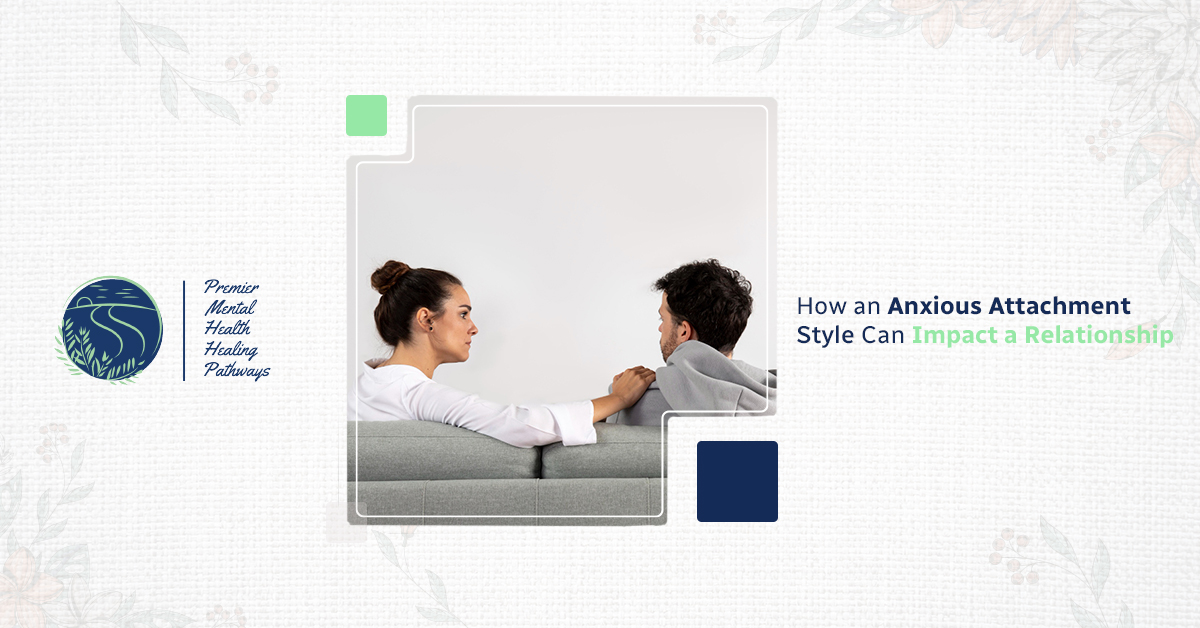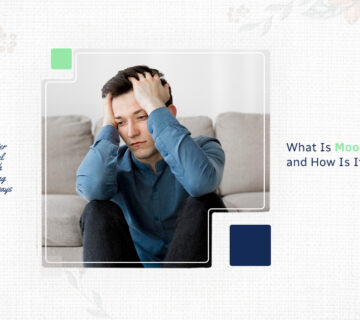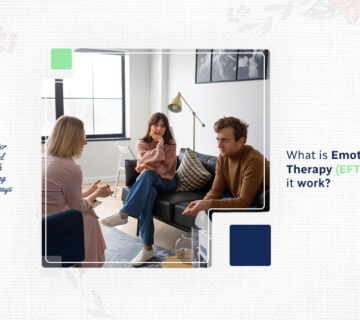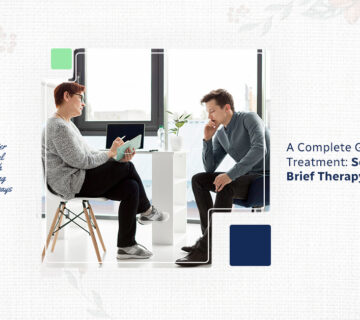Sometimes, love feels like longing. Like texting and then waiting—aching—for the reply. Like overthinking a conversation, even days after it ended.
What you’re experiencing likely stems from anxious attachment —a pattern that was first shaped during your earliest bonds and still creeps into your current love story.
At Premier Mental Health Healing Pathways, we’ve witnessed countless people alter these patterns into sources of strength and deeper intimacy.
Let’s talk about what anxious attachment style is, where it comes from and what you can do to become more secure.
What Is an Anxious Attachment Style?
More often than not, an anxious attachment pattern traces back to childhood relations in which emotional needs were unevenly fulfilled.
Perhaps you have learned to chase closeness—even when it doesn’t feel safe.
This style tends to carry into adult relationships in quiet but powerful ways.
Signs you might have an anxious attachment style:
- You often worry your partner doesn’t love you as much as you love them
- You’re sensitive to shifts in mood, tone, or silence
- You may cling tightly to relationships, even when they’re not fulfilling
- You struggle to trust that someone won’t leave
- Overthinking messages or social posts
- Feeling insecure when alone or during gaps in communication
- Reassurance helps, but doesn’t stick for long
- Conflict feels bigger and more threatening than it probably is
- You find yourself working harder to maintain a connection
This attentiveness developed for good reasons—it was your way of staying close to the people who mattered.
The Impact on Relationships
When anxious attachment enters a relationship, it creates patterns that can feel exhausting for both people.
You might find yourself constantly checking the temperature of the relationship, making sure everything’s okay.
This often looks like:
- Asking for more reassurance than your partner is inclined to provide
- Feeling uneasy whenever they’re absorbed in other tasks
- Reading between the lines in conversations
- Taking responsibility for keeping the peace
- Experiencing bodily discomfort whenever conflicts arise
Your partner might feel pressure to be your primary source of emotional stability, while you carry the weight of constant vigilance.
Where Does It Come From?
Anxious attachment tends to originate when early caregivers offered love, yet remained inconsistent.
Maybe they were emotionally available some days and overwhelmed others, or present physically but distracted mentally.
Your brain learned that keeping relationships required constant effort.
This created a template where love feels both necessary and uncertain. The thing you want most becomes the thing that makes you most nervous.
Knowing Your Patterns
Understanding when your anxiety peaks helps you respond instead of react. Notice what situations tend to trigger worry:
- Whether your partner appears silent or appears preoccupied
- Amid times you spend less time together
- Once you’ve made yourself vulnerable or shared something personal
- When plans change or routines get disrupted
- In the space between conversations and the next contact
Knowledge presents you with a choice.
By being able to identify when such moments occur you can take a moment and ask yourself what it is you actually need rather than doing things due to fear.
Building Internal Security
It is not to desensitize but to build confidence that is not wholly reliant upon the behavior of another person.
That translates into learning to take hold of your own sense of value that remains stable whether relationships are shaky or not.
This might include:
- Developing ways to calm yourself when anxiety hits
- Building friendships and interests that fulfill you
- Being able to say what you want or need
- Practicing tolerance that we do not know what the other person is thinking
- Realizing your personal development and strength
Creating Healthier Patterns
Good relationships happen when both people can be whole on their own while choosing to share their lives.
When you’re working with anxious attachment, this means learning to trust gradually and communicate clearly.
Consider these approaches:
- Explaining your attachment style so your partner understands your reactions
- Asking for specific support rather than hoping they’ll guess
- Practicing sitting with uncertainty without creating worst-case scenarios
- Noticing times when you feel secure and connected
- Appreciating your partner’s efforts to understand and support you
Related: Creating Secure Attachment Through Compassion-Focused Techniques
Speak to a Specialist
Remember that anxious attachment developed as a smart adaptation to your early environment
Approaching this part of yourself with understanding rather than judgment creates space for change.
Understand your attachment patterns and build more secure relationships today.
At Premier Mental Health Healing Pathways, our therapist specializes in attachment-focused work that helps you create the connections you want.
The relationships you’re seeking are possible.
Schedule your appointment today.
Visit premiermentalhealthhealingpathways.net or call us now.
Resources
Books Worth Reading:
- Attached by Amir Levine and Rachel Heller – A guide to attachment science in relationships
- Hold Me Tight by Sue Johnson – Seven conversations for building lasting love
- Wired for Love by Stan Tatkin – Understanding how your brain affects your relationships
Professional Support:
- Emotionally focused therapy – Designed specifically for couples working on attachment
- Relational therapy
- Individual therapy – Using a compassion focused approach
Online Resources:
- Psychology Today Attachment Quiz – Free assessment to identify your attachment style
- Mindful.org – Meditation practices for emotional regulation
Apps and Tools:
- Headspace – Mindfulness for anxiety and relationship stress
Healing happens in relationship—whether with a therapist, trusted friends, or through deeper connection with yourself.
FAQ
Can anxious attachment patterns evolve over time?
Yes. Once you know this and practice deliberately, you will be able to create more and more secure patterns as you go through life.
What can I do to describe my attachment style and make my partner feel not pressured?
Focus on sharing what you’ve learned about yourself and how it affects your experience, rather than asking them to change anything.
Is it possible to have a thriving relationship with anxious attachment?
Absolutely. Many people with anxious attachment create extraordinarily deep, fulfilling relationships through understanding and growth.






No comment